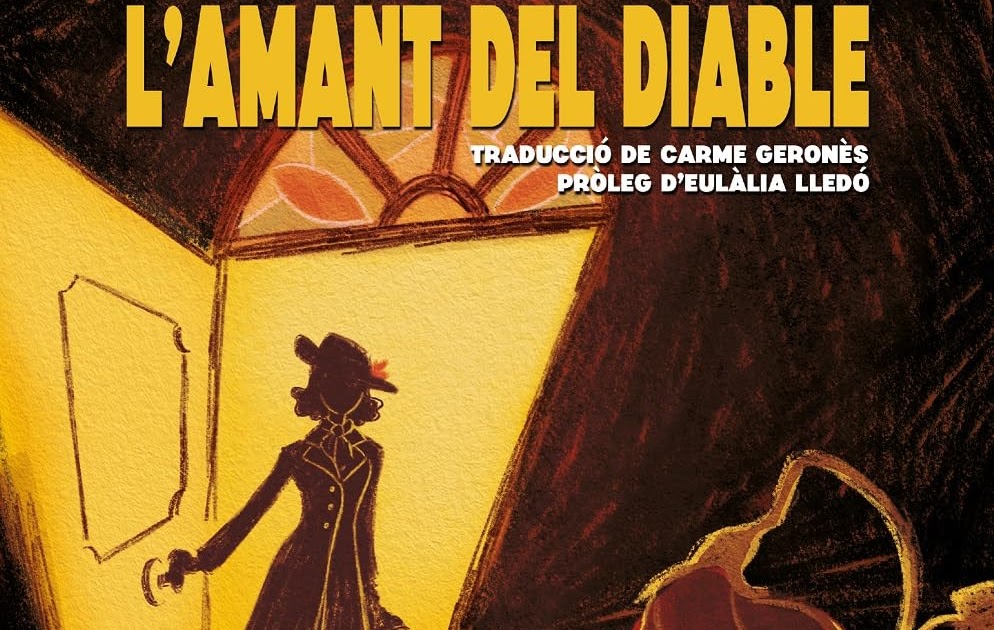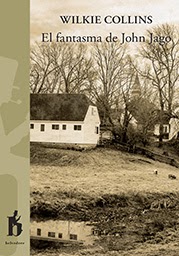
Original language: English
Translation (into Catalan): Carmen Geronés
Year of publication of this volume: 2023
Valuation: recommendable
In “Mabelle morta” (“Dead Mabelle”, 1929), a lonely, introspective man becomes obsessed with a silent film actress. Bowen’s narrative pulse, the way in which the author breathes life into the protagonist or the round ending with which she closes the story elevate a simple premise to the status of an outstanding story.
In “Ja hi tenim un peu” (“Foothold”, 1929), a couple invites a friend who has just arrived from Spain to their new home. This is an extremely ambitious story, in which the reader must read between the lines or interpret silences to decipher the relationships maintained by the characters.
In “The Cat Jumps”, 1929, a couple of “devout agnostics” buy Rose Hill, the house where a man brutally murdered his wife, to spend their weekends and summers. This story has an unconventional development and a deliciously cruel outcome; Likewise, it is permeated by an irony as fine as it is incisive.
In “La pomera” (“The Apple Tree”, 1931), the childhood trauma of a newly married young woman drains her life and even that of her own husband. The end of this story has quite interesting connotations.
In “Un esperit animat” (“The Cherry Soul”, 1941), a young woman arrives at the house where a family has invited her to spend Christmas, but finds nothing but their aunt by the fireplace. Its circular structure and implications seem tremendously audacious.
In “L’amant del diable” (“The Demon Lover”, 1944), a married lady reunites with a lover from her youth. Bowen’s use of the setting half-destroyed by the bombings, his ability to point out details without being obvious, and the tension he gives to the second section of the story contribute to making this story extremely effective.
“Els feliços camps de la tardor” (“The Happy Autumn Fields”, 1944) is impossible for me to summarize. It is, perhaps, the story that has cost me the most to enter, and that I have understood the least. Even so, I have been fascinated by the oblique interactions of the characters, the dialogues full of double meanings, and their disturbing outcome.
In “L’arç rosat” (“Pink May”, 1944), a woman explains to a friend how a ghost she never saw, but always sensed while changing her clothes, ruined her marriage. Curious psychological portrait of someone unable to assimilate that, in effect, a person can destroy their own life.
In “Grèvol verd” (“Green Holly”, 1944), the ghost of a young woman intrudes between two men and a woman who live together in a mansion. Excellent portrait of apathy, dissatisfaction, but also the refusal to fully accept them.
In “Com un guant” (“Hand in Glove”, 1952), two orphaned sisters living with their aunt seek to marry. The ambiguity of its ending and the characterization of a certain character will disturb more than one reader.
Source: https://unlibroaldia.blogspot.com/2024/05/elizabeth-bowen-lamant-del-diable.html


